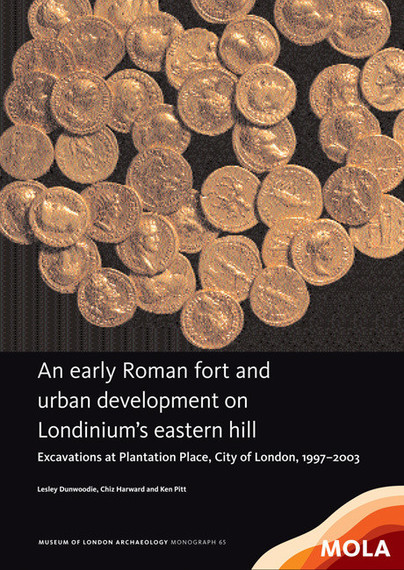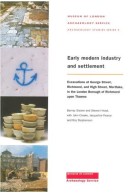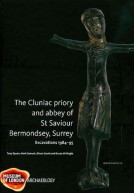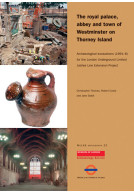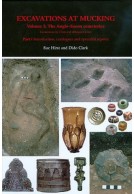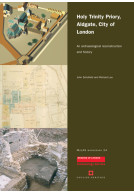Google Books previews are unavailable because you have chosen to turn off third party cookies for enhanced content. Visit our cookies page to review your cookie settings.
An early Roman fort and urban development on Londinium’s eastern hill (Hardback)
Imprint: MOLA (Museum of London Archaeology)
Pages: 260
ISBN: 9781907586323
Published: 30th June 2015
Script Academic & Professional
Pages: 260
ISBN: 9781907586323
Published: 30th June 2015
Script Academic & Professional
You'll be £30.00 closer to your next £10.00 credit when you purchase An early Roman fort and urban development on Londinium’s eastern hill. What's this?
+£4.99 UK Delivery or free UK delivery if order is over £40
(click here for international delivery rates)
Need a currency converter? Check XE.com for live rates
(click here for international delivery rates)
Need a currency converter? Check XE.com for live rates
Excavation in 1997–2003 produced important new evidence for the development of Roman London. The site lay north-east of the bridge, towards the edge of the early town. Sparse commercial and domestic ribbon development here alongside early roads was ended by the Boudican revolt of AD 60/61. The military response is shown by the discovery of a previously unknown Roman military fortification, constructed over and partly out of the destroyed buildings. This is interpreted as part of an earthwork and timber fort, built c AD 63 in the aftermath of the revolt to secure the site of the devastated town and as a base for personnel involved in the reconstruction. The excavation produced a large collection of military artefacts, including plate armour (lorica segmentata), fittings and part of a cavalry helmet.
The fort survived until c AD 85, possibly ‘mothballed’ or ‘squatted’ after c AD 70, before it was cleared to make way for civilian domestic and commercial buildings. These were destroyed in the Hadrianic fire of c AD 125 and the redeveloped area was dominated by a substantial masonry townhouse, demonstrating the changing character of the town. The building may have housed a wealthy merchant or provincial official; a cellar contained a hoard of 43 gold aureii concealed in or after AD 174. This complex survived, much modified, into the later 4th century AD.
Other titles in MOLA (Museum of London Archaeology)...







